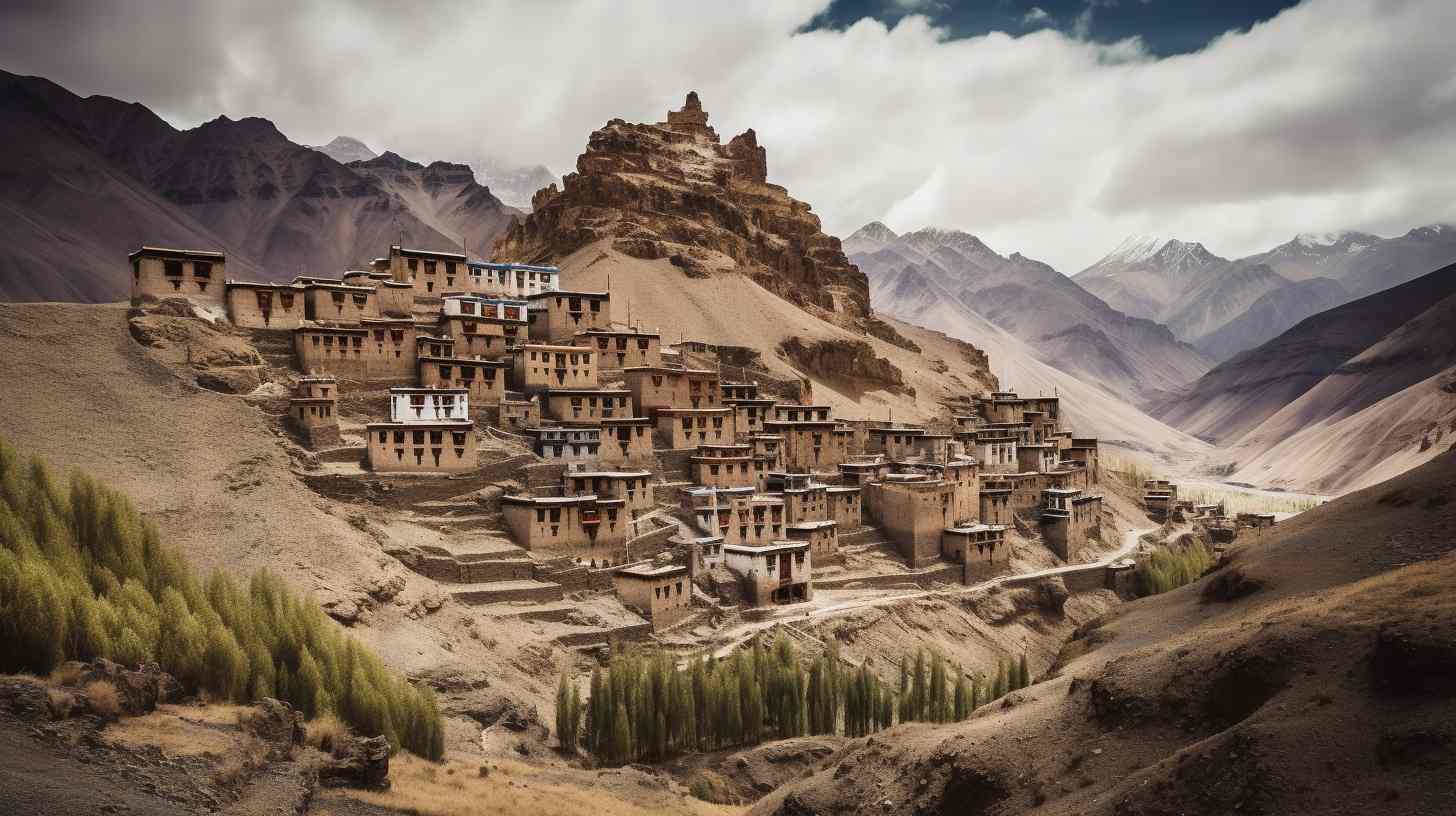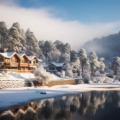Nestled amidst the mighty Himalayas, Spiti Valley in Himachal Pradesh stands as a testament to nature’s grandeur and human resilience. This remote region, often referred to as a Himalayan gem, captivates adventurers, spiritual seekers, and nature enthusiasts alike with its rugged landscapes, ancient monasteries, and rich cultural heritage.
Introduction to Spiti Valley
Spiti, meaning “The Middle Land,” aptly describes its location between Tibet and India. Shielded by mountain ranges, it remains one of the least populated areas in India, preserving its pristine beauty and mystique.
Geographical Overview
Location and Accessibility
Situated in the northeastern part of Himachal Pradesh, Spiti Valley is accessible via two routes: one through Kinnaur Valley and the other via Manali. Both routes offer breathtaking views and challenging terrains, making the journey as enchanting as the destination.
Terrain and Climate
The valley, characterized by high-altitude desert terrain, boasts towering peaks, deep gorges, and azure rivers. Its cold desert climate, with temperatures fluctuating drastically, adds to its allure and challenges visitors to adapt to its harsh yet mesmerizing environment.
Cultural Diversity
Indigenous Population
The inhabitants of Spiti, primarily of Tibetan descent, have preserved their age-old traditions and lifestyle. Their warmth and hospitality welcome visitors, offering glimpses into their daily lives and cultural practices.
Religious Significance
Home to ancient Buddhist monasteries like Key Monastery and Tabo Monastery, Spiti Valley exudes spiritual tranquility. These monasteries, adorned with exquisite murals and scriptures, serve as spiritual sanctuaries and centers of learning.
Unique Attractions
Key Monasteries
The Key Monastery, perched atop a hill overlooking the valley, stands as a beacon of Buddhist spirituality and architectural brilliance. Its serene ambiance and panoramic views attract pilgrims and tourists seeking solace and enlightenment.
Natural Landscapes
From the surreal beauty of Chandratal Lake to the barren expanse of Langza’s fossil village, Spiti Valley offers a myriad of natural wonders waiting to be explored. Each landscape tells a story of geological marvels and ancient civilizations, leaving visitors spellbound.
Wildlife Sanctuaries
Spiti’s biodiversity, though modest, is home to elusive species like the Snow Leopard and Himalayan Ibex. Wildlife sanctuaries like Pin Valley National Park provide refuge to these endangered species, offering wildlife enthusiasts a glimpse into their natural habitat.
Adventure Tourism
Trekking Routes
Spiti Valley offers a plethora of trekking routes catering to both novice trekkers and seasoned adventurers. Trails like the Pin Parvati Pass Trek and the Spiti to Ladakh Trek challenge trekkers with high-altitude passes and dramatic landscapes, promising unparalleled experiences and memories.
Camping Sites
Campgrounds nestled amidst lush meadows or rugged terrains offer travelers a chance to reconnect with nature under the starlit sky. Whether camping by the Spiti River or amid the towering peaks of Dhankar, the tranquility of Spiti’s wilderness rejuvenates the soul.
Local Cuisine and Hospitality
Traditional Food
Spiti’s culinary delights, influenced by Tibetan and Indian cuisines, tantalize the taste buds with flavors unique to the region. From piping hot momos to hearty thukpas, every meal is a celebration of local ingredients and culinary craftsmanship.
Homestay Experiences
Staying with local families in traditional homestays provides travelers with immersive cultural experiences and insights into Spiti’s way of life. Sharing meals, stories, and laughter with hosts fosters bonds that transcend cultural barriers, creating cherished memories for a lifetime.
Sustainable Tourism Initiatives
Environmental Conservation
As tourism in Spiti Valley grows, so does the need for sustainable practices to preserve its fragile ecosystem. Initiatives promoting waste management, water conservation, and responsible tourism play a crucial role in safeguarding Spiti’s natural heritage for future generations.
Community Engagement
Engaging with local communities through cultural exchanges and responsible tourism initiatives fosters mutual respect and understanding. Supporting local artisans, schools, and conservation projects empowers communities and ensures equitable benefits from tourism.
Travel Tips and Recommendations
Best Time to Visit
The best time to visit Spiti Valley is during the summer months, from June to September, when the weather is favorable and most roads are accessible. However, for adventure seekers craving solitude and snow, the winter months offer a unique and challenging experience.
Packing Essentials
Travelers to must pack wisely, considering its high altitude and fluctuating weather conditions. Essentials include warm clothing, sturdy footwear, sunscreen, lip balm, medications, and reusable water bottles to stay hydrated.
Conclusion
In conclusion, exploring the enigmatic Spiti Valley is a journey of discovery, adventure, and spiritual awakening. Its timeless landscapes, ancient monasteries, and vibrant culture beckon travelers to embrace the unknown and forge unforgettable memories amidst the Himalayan wilderness.
FAQs
- Is Spiti Valley accessible year-round?
- While Spiti Valley is accessible throughout the year, certain routes may be closed during the winter months due to heavy snowfall.
- What is the altitude of Spiti Valley?
- Spiti Valley ranges from 3,000 to 4,500 meters above sea level, making it a high-altitude destination.
- Are permits required to visit Spiti Valley?
- Indian nationals do not require permits to visit Spiti Valley, but foreign nationals need to obtain inner line permits from the local authorities.
- How can one travel to Spiti Valley?
- Travelers can reach Spiti Valley by road via Manali or Shimla, or by air to Bhuntar Airport followed by a road journey.
- What are the must-visit attractions in Spiti Valley?
- Key Monastery, Chandratal Lake, Tabo Monastery, Pin Valley National Park, and Langza’s fossil village are among the must-visit attractions in Spiti Valley.


